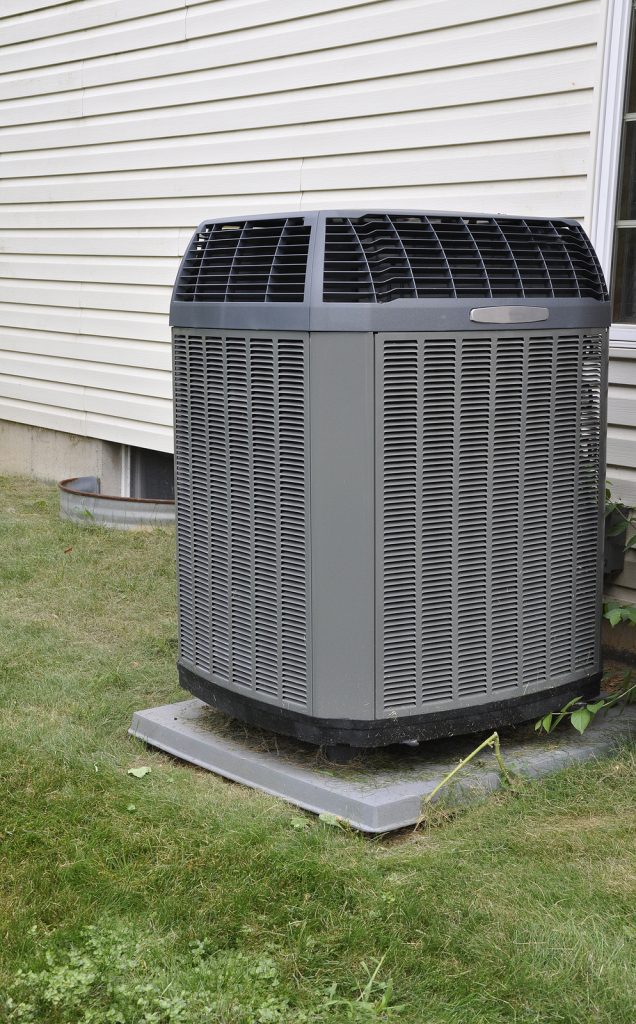
A refreshing wind on a scorching summer day. Is it there? Isn’t it nice to see something new? The best aspect is that your Albuquerque air conditioning system keeps your house cool and pleasant. Nevertheless, how well-versed are you in its workings? How is it accomplishing this? Should I care? The answer is yes. It will benefit you in two ways if you understand how your cooling system works: Regular maintenance is no longer an option; it’s a need. You’ll also learn how to get the most bang for your buck regarding energy bills.
The Basics
Let’s start with the fundamentals. A thermostat is a need for every air conditioning system, commonly known as a cooling system or AC. The thermostat is a device that allows you to program your home’s HVAC system, telling it when and how long to operate at a specific temperature. Say you want your home to be 72 degrees. When the thermostat senses that the ambient temperature has risen over 72 degrees, it activates the air conditioning system. As a result, your house will be more relaxed.
Then, when the temperature drops to 72 degrees, the AC is turned off by the thermostat. So that your air conditioner doesn’t have to cycle on and off frequently, simple thermostats allow you to raise or lower the temperature by a few degrees. More sophisticated thermostats can determine how often your air conditioner should operate to maintain a constant temperature.
How do air conditioners work?
The workings of an Air Conditioner are a mystery to many people, yet they aren’t that difficult to understand. Both the circulating fan and coil (also known as the “interior unit”), as well as the compressor and condenser (sometimes known as the “outdoor unit”), are components of a cooling system. The circulating fan/coil is located within your residence in most situations. On the other hand, a ‘packed unit’ includes both pieces and is constructed outside. As a convenience, we shall refer to them as “interior unit” and “external unit.”)
It is important to remember that an air conditioner does not create cold air; instead, it moves heat from your home to the outside. What I mean is this:
When it comes to cooling, the “outdoor unit” is where it’s at. As soon as the thermostat orders it to do so, the compressor, which is essentially a pump, pumps refrigerant into the “interior unit” through a small nozzle in the form of a mist. The coil, which resembles a vehicle radiator, is cooled down by this mist, which is extremely cold. Air from your home is drawn into the device via a filter and then the coil. The hot air from your house warms the ring, but the air blown into your residence is cooled.
This means that the refrigerant that exits the “interior unit” coil is now hotter and heads to the compressor. Another loop around the compressor receives the pumped fluid. The liquid in this coil has now reached a boiling point. The fan in the center of the ‘outside unit’ can still cool this coil, even on a hot summer day. To return the refrigerant to the ‘indoor unit,’ the compressor pushes it back inside through its small nozzle. There is no end in sight to the cycle.
Just one more helpful point to make clear before we wrap up. The ‘interior unit’ is not merely eliminating the heat when it sucks air from your house via the coil. In addition, moisture is being removed. Consider the following: What happens when you put cold water in a glass on a hot day? There is water on the exterior.
Moisture condenses on hard surfaces because of this. So, inside your indoor unit, the same thing is occurring. Condensation occurs on the coil due to atmospheric moisture in your residence. So, if you arrive home on a hot, muggy day and the AC has been left off, it may take some time before the thermostat shows a decrease in temperature. Initially, your air conditioner removes moisture from the air, and then it begins to remove heat.

